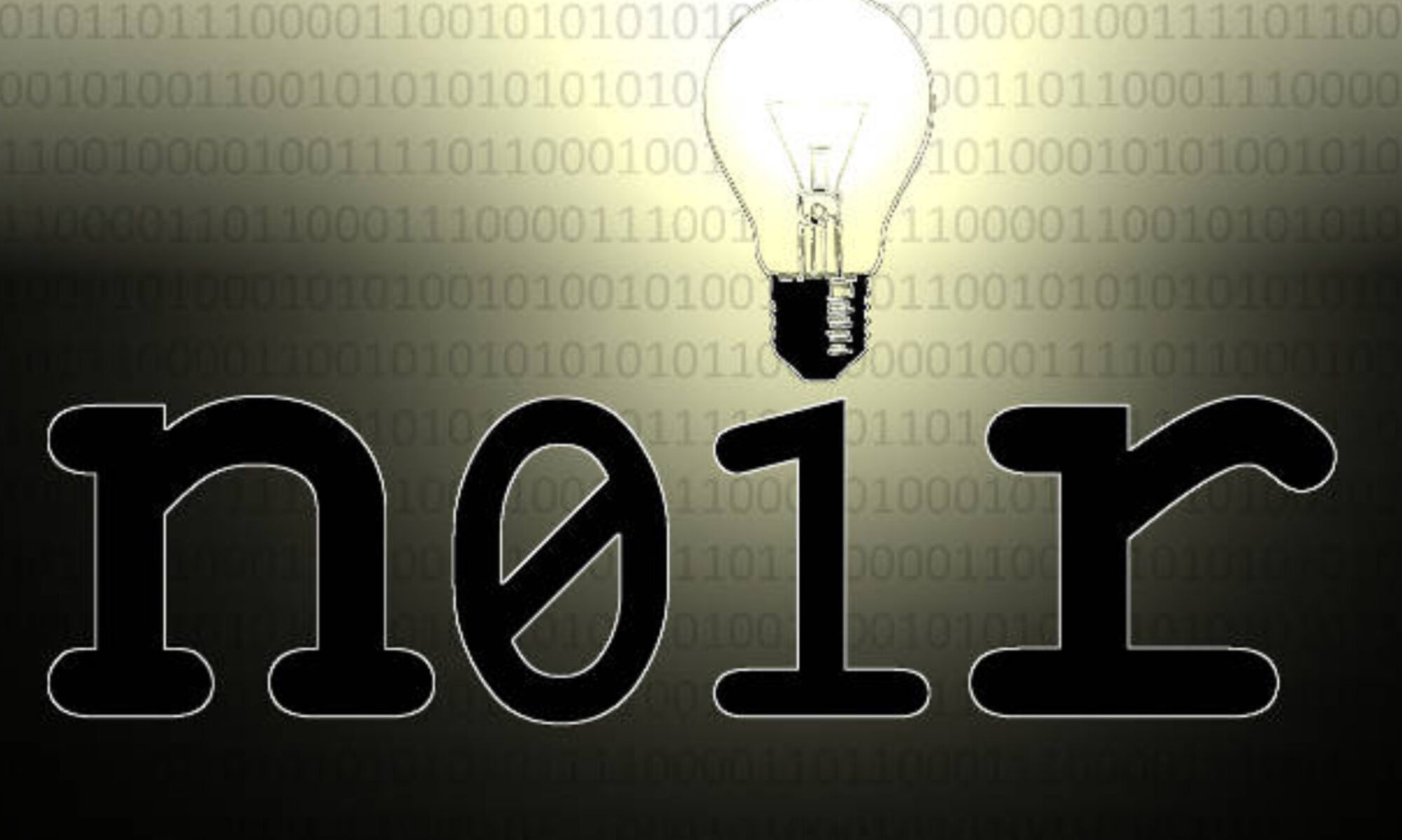Introduction: Game of Clones
Over the past five centuries, there are repeated instances in Russian history where the idea of a “royal impostor” and “pretender” who is an “usurper” to the throne has surfaced in a popular cultural narrative. In his seminal article on the subject of samozvanchestvo, renowned semiotician Boris Uspensky surmised: “[t]o write the history of Russia and avoid the question of royal imposture is impossible.” [1]
As also revealed in Uspensky’s essay; due to their sacralization as a divine ruler, the Russian leader was sometimes simultaneously associated with the antichrist, or in other analogies to the devil himself, who is the original “impostor” and deceiver in Christian tradition.
This essay will examine the resurgence in conspiracy theories suggesting “Putin’s doubles” or that “Putin was replaced” from the historical semiotic perspective of imposture. It attempts to suggest how these recurrent narratives may be organically emergent through the Russian state’s efforts to sacralize Vladimir Putin as an “Orthodox Christian” leader, as well as efforts to shape a politics of memory around “neo-medieval” themes.
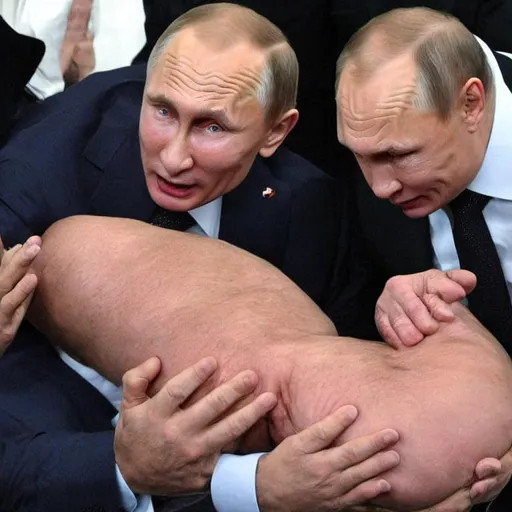
In this context, the antichrist in Russia has been – and continues to be – frequently linked to conflict over pro-Western ideas, as well as notions of the leader’s political authenticity and/or legitimacy as revealed through the idea of royal imposture.
Both the idea of “Putin’s doubles” and Putin’s recent announcement that he would run for an additional term in 2024 may contribute to legitimate philosophical and ideological discussions of antichrist and imposture which continue this discursive process in Russian politics.
Professionals involved in conducting cognitive information warfare or strategic narrative warfare in the geopolitical arena may be interested in the repurposing of such ideas in the grey zone in order to undermine domestic and international notions of Vladimir Putin’s legitimacy as a divinely chosen or democratically elected ruler.
Antichrist as copy of Jesus (Who is the real Big Boss?)
The etymology of the Greek prefix “anti” can denote either something which is “in opposition to” or “in place of”; whereas the root “christos” means “annointed one”. So antichrist(os) literally means something which is in opposition to such an annointed one, or in place of the annointed one. In at least one of these meanings, there is something inherent about substitution.
In apocalyptic thinking, the figure of the Antichrist is a symbol of the “end times”. Understood to be the son of Satan as opposed to the son of God, and the embodiment of evil as opposed to the embodiment of good. Counterfeit of Christ, they are a false messiah, who deceives the world with this imitation. The Book of Revelation specifically relates the antichrist and Satan’s deception to the snake from the Garden of Eden which deceived Eve .
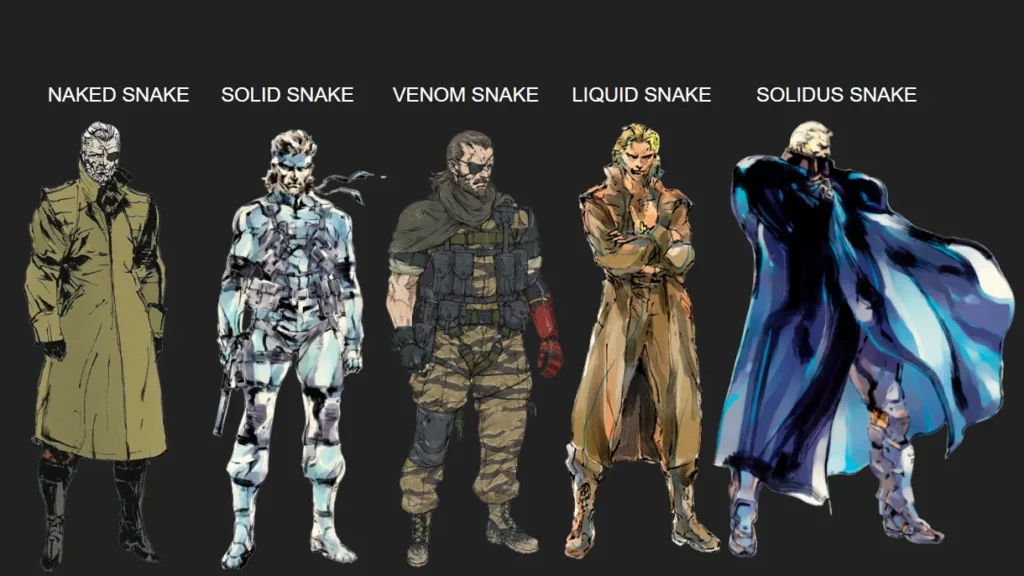
Despite strong historical arguments that the Book of Revelation corresponds to early Christian political narrative warfare which saw in the Roman Emperor Nero the figure of the antichrist; the end times and the “final” imperial antichrist have continued to be anticipated in Christian popular culture for nearly two millennia.
As stated in the scripture of 1 John 2:18, which reads (KJV): “Little children, it is the last time: and as ye have heard that Antichrist shall come, even now are there many Antichrists; whereby we know that it is the last time”, observers wondering if they are living in the end times have speculated on a seemingly-unending list of potential suspects.
Symbolically, the Antichrist has been called an historical “floating signifier”. The logic used to justify the identity of this figure changes depending on the relevant contemporary cultural and political circumstances being examined – as well as who is doing the examining.
When incorporated into “strategic conspiracy narratives”, the semiotics of antichrist seem to be effective for polarizing modern information consumers and mobilizing them towards political action as well. This phenomenon exists primarily in the context of cognitive information warfare. The theoretical effectiveness of the approach is evidenced by contemporary controversies such as the ideas of microchips in vaccines, QAnon, and Russia’s “desatanization” campaign [2].
Narratives of imposture need not necessarily directly evoke the antichrist, but within a religiously and conspiratorially-charged information environment, equivalencies of the leader with the the devil as impostors may be naturally emergent due to their close semiotic proximity.
Imposture and Antichrist in Russian Cultural Semiotics
Much like antichrist, the idea of the pretender seems to be a floating signifier in Russian history. Boris Uspensky’s “Tsar and Pretender” [1] argued that while imposture was not a purely Russian phenomenon, it was a “chronic malady of the state” from the 16th to 19th centuries, with hardly a single reign passing without some “pretender” emerging in contemporary Russian subcultural narratives.
As the political criticisms of an oppressed people subject to the intercession of a tsar who claimed the divine right to stand between them and God at the head of both church and state; these narratives seem to have served as a form of “popular rebellion” within serfdom [3,4].
It is important to note that in the Russian case, a royal impostor may be narratively revealed in both literal and metaphorical senses. In some cases, the narratives reflected on a legitimate belief that the tsar had been replaced; and in others, that this was the true person of the tsar, but that he was metaphysically ineligible for the role because there had been no “divine election” and the ruler therefore had been placed on the throne by Satan and not by God [1].
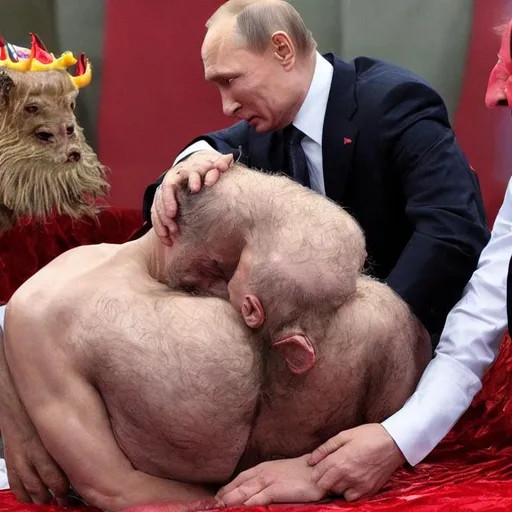
Variations of this idea of imposture – often entwined with the semiotics of the antichrist ideomyth – seem to have persisted past the era of the tsars and through the fall of the USSR in association with communist leaders such as Stalin, Brezhnev, and Gorbachev as well [4].
It is noted that after the 17th century, the associations of antichrist and imposture moved from a central feature of Russian discourse to the fringes .
The Russian Security Council and Putin himself cannot deny that they embarked on an open campaign of “desatanization” in Ukraine in 2022 [2, 5]. Alleged former KGB agent Patriarch Kirill in this same context claimed Putin is a “fighter against the Antichrist” [5] . Arguably, the resurgence of far right nationalism in the Russian Federation once again relocates these ideas to the political center.
The “Putin’s doubles” narratives may be seen to be a re-emergent idea of samozvanchestvo in this neomedieval cultural context, which reflect a critical public appraisal or popular rebellion against illegitimate power wielded by the authoritarian leader at the head of church and state.
The narratives about Putin being replaced by a double have been ongoing for years. Scientific studies have even recently emerged which claim to show that artificial intelligence tools might also suggest that Putin uses doubles, and it provides fodder for recent expert debates on the subject [6]. The Putin’s doubles business indeed seems to be a cottage industry with many craftspeople.
Putin himself openly addressed the persistent rumors of his use of body doubles, saying that the idea was once discussed in the early 2000’s, but dismissed. (Read: Putin is a lot like Tom Cruise, he wants us to know he does his own stunts, folks.)
These various narratives primarily seem to have the net effect of questioning Putin’s strength, fitness, and/or ability to project power as a leader as opposed to notions of good and evil. Narratives which ask if Putin used doubles make Putin look weak. Putin likes to look strong. For example, there is a double because Putin is afraid to visit the war zone, or there is a double because Putin is sick, or there is a double because Putin was replaced by factions who wanted to seize power.
Despite not being the dominant trend, there do seem to be some actual cases of an idea which equates a double of Putin directly with the biblical antichrist. A particularly interesting example involves the imprisoned sectarian priest and conspiracy theorist Sergiy Romanov who claimed in 2019 that the antichrist would be a doppelganger of Putin [7].
For anyone who believes these things inside Russia, the net effect would seem to be a diminished confidence in the legitimacy of government (like someone who believes false flag 9/11 conspiracies, or CIA JFK assassination theories in America for example).
Conclusion: Putin’s Russia is a bad copy of the West and democracy
While in most cases, the narratives of Putin’s doubles do not seem to immediately engage in a direct narrative of antichrist, the semiotics of the devil and antichrist as impostors and deceivers may arguably simmer below the surface. This could be suggested based on the strong historical suspicions about imposture which seem prevalent among the Russian people, and a trend towards state-sanctioned neo-medievalism.
Like the tsars, there has been a quasi-sacralization of Putin’s role as an Orthodox Christian leader, as well as a sacralization of the war in Ukraine by the Russian Orthodox Church. As a result, Russian leadership may be vulnerable to information attacks which focus on imposture and the antichrist.
In considering the topic of samozvanchestvo in the context of Russian history, it is noted that these conspiracies about imposture and the antichrist seem to typically revolve around notions of conflict between East and West, since the time of Andrey Kurbskii. It seems the trend continues today. It is important to note however, that just because a tsar was cruel did not necessarily mean he was an impostor in the eyes of the people.
While the idea of Putin using doubles could be specifically analogized to the historical idea of an impostor on the Russian throne, and credulous conspiracy theories about doubles might be useful in this cognitive warfare context; the more rational argument relates primarily to the “real” Putin as an usurper who sits at the head of Russian Church and State. He wears the mask of democratic power, but in reality is an autocratic tyrant. His church sanctions death, not life; and his information empire claims to spread truth, but instead objectively spreads lies.
As Russia’s war in Ukraine grinds on and Putin positions himself for an additional term in power, the idea of Russia as a counterfeit democracy with a counterfeit history stolen from other countries and led by a hellish tyrant at the head of a counterfeit church subordinated to man comes into focus. Whether or not Putin is a double, he is no divinely elected leader – by God or the people; and by these measures he is a political impostor, Christian or not. Let’s hope he is not with us forever.
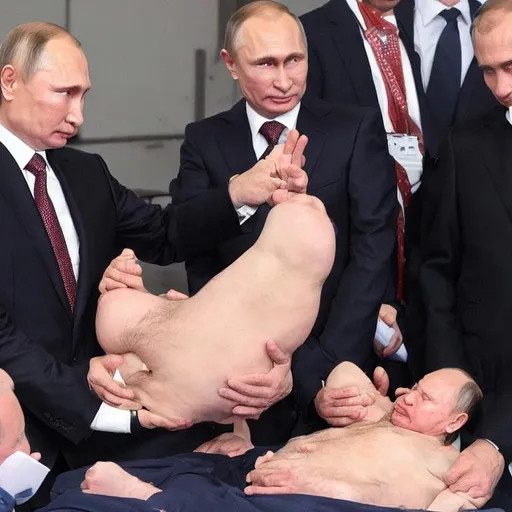
References
[1] Boris Uspensky and Victor Zhivov, 2012, ‘“Tsar and God” And Other Essays in Russian Cultural Semiotics”‘, Levitt, M. (ed), Academic Studies Press, Madison, Wisconsin.; see: “Tsar and Pretender” (p. 113-152)
[2] Michael Bennett Hotchkiss, 2023, “Semiotics of Strategic Narratives of Antichrist in Russia’s War in Ukraine“, European Conference on Cyber Warfare and Security 22 (1), 239-247 (available under reading list and at: https://papers.academic-conferences.org/index.php/eccws/article/download/1102/1169)
[3] Ilya Kalinin, 2017, “The figure of the impostor to the throne in Russian political culture: Between sacralization and mimesis“, Sign Systems Studies 45(3/4), 2017, 284–301
[4] Claudio Ingerflom et. al, “<<От Лжедмитрия до «Путина подменили»: истоки русского самозванства>>” (“From False Dmitry to Putin was Replaced, the Origins of Russian Imposture“), Gorky Media, July 17 2021, https://gorky.media/context/ot-lzhedmitriya-do-putina-podmenili-istoki-russkogo-samozvanstva/
[5] Valerie Kivelson and Christine Worobec, “Satanism, De-Satanization, and Exorcism in Contemporary Russian Rhetoric: Historical Reflections“, NIU Press Author’s Blog, February 6 2023, https://www.cornellpress.cornell.edu/satanism-exorcism-contemporary-russian-rhetoric-kivelson-worobec-02-2023/
[6] Aliss Higham, “Putin Body-Double Claims Analyzed by Facial Recognition Experts“, Newsweek, November 3 2023, https://www.newsweek.com/putin-body-double-analyzed-facial-recognition-1840762
[7] Giovanni Savino, “COVID-19 and the Russian Far-Right: No-Mask, No-Vax and the Fear of Tsifrovizatsiia“, Illiberalism.org, January 28 2021, https://www.illiberalism.org/covid-19-russian-mask-vax-fear-tsifrovizatsiia/#3
